“Mob Psycho 100†exemplifies what animation can accomplish as a medium, both through its excellent, quirky writing and its polished, yet experimental animation.
Following the story of a middle school student with psychic powers, Shigeo Kageyama, AKA Mob, and his shady employer, Reigen Arataka, “Mob Psycho 100†doesn’t seem like anything special from the outset. But coming from the prolific author of “One Punch Man,†ONE viewers should be fully prepared for any and all expectations to be shattered in effective and touching ways.
The core of the show is built on a very offbeat sense of humor. Every character and space our protagonist encounters embodies some peculiar little subculture, some interesting and quirky idea that helps differentiate them from their on screen peers.
Everyone everywhere is weird, but they all accumulate to make the world feel real and lived in. From the kindhearted beefcakes of the Body Improvement Club, to the lovable losers of the Telepathy Club, and even the variety of clients Mob and his boss work with as well as the evil spirits they exorcise, everyone is wholly strange and charming.
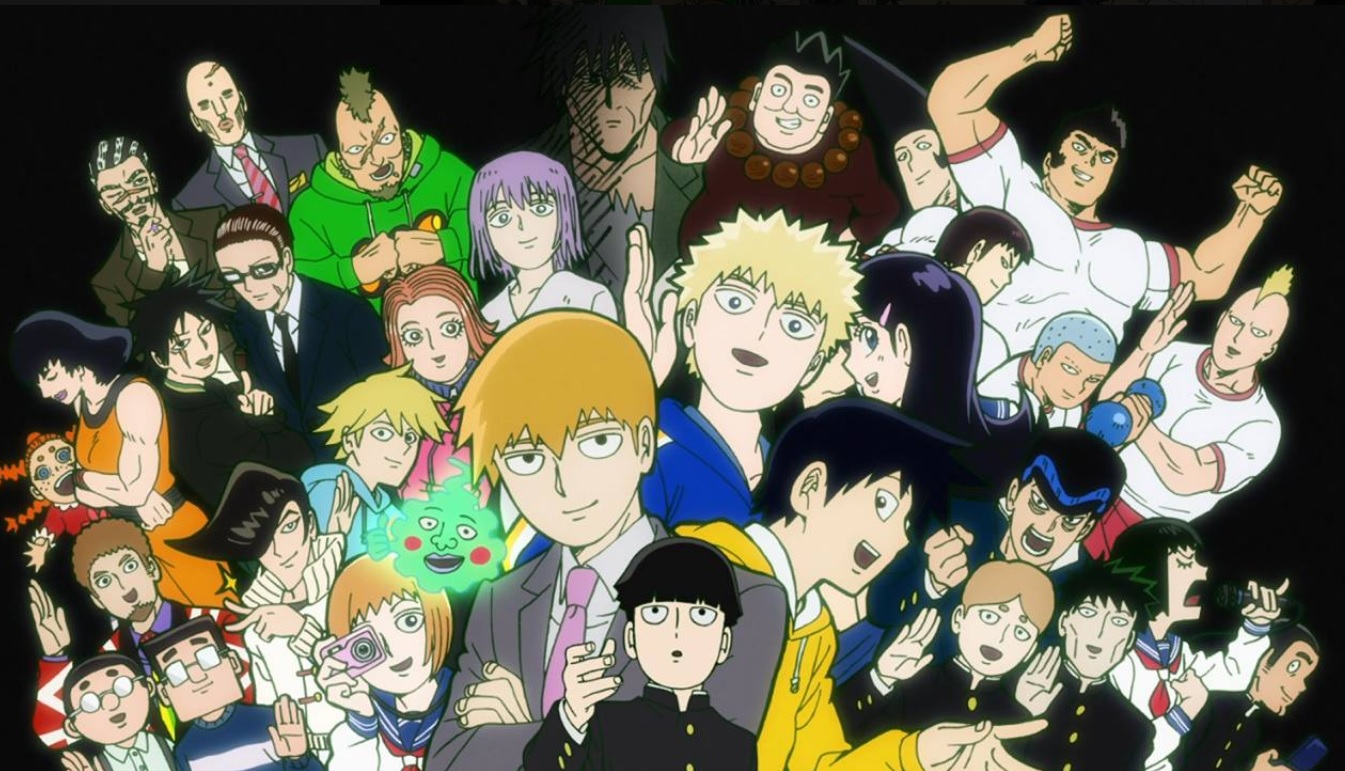
The interpersonal relationships we see on screen are a huge part of how the show keeps a hold on your attention. The colorful cast of characters and how they develop and change is key to the resonance and power of the story, especially true for the development of our protagonist, Mob. From the very beginning of episode one, Mob is already as strong as he’s ever going to be; he’s the greatest psychic in the world.
But as a character, he’s incredibly weak. He has no friends, no emotional tact, and no talents of his own.
To top this all off, he sees his near godly psychic prowess as more of a burden than a gift on account of the anxiety he has because of how he has had to suppress his emotions his whole life to keep from hurting others.
With this in mind, Mob’s growth throughout the show is an emotional journey. He never overcomes an enemy by utilizing some new fighting technique or overpowering them. Instead, he learns to better understand the emotions and perspectives of others and wins them over with his ideals.
It’s a fascinating deconstruction of the all too frequent ‘might makes right’ mentality that many of “Mob Psycho 100â€â€™s contemporaries are built on, and is explored with increasing complexity as episodes continue.

But enough about the story and writing of Mob. It’s time to talk about the visual design and animation that really push the boundaries of what a cartoon can be.
“Mob Psycho 100†is coming from Studio Bones, a highly respected studio with a large body of work, including shows like “Fullmetal Alchemist,†“Soul Eater†and “My Hero Academia†(a seriously star studded catalogue of animation). However, there are a few key things setting “Mob Psycho 100†apart from these other works.
First and foremost being the source material. Originally based on the web-comic of the same name by ONE, the source material left a sense of professionalism and polish to be desired.
It was as strange and quirky as the world it was creating, but maintained a very real charm. When it was being adapted into animation Studio Bones made a huge effort to preserve the quirks of the original art.
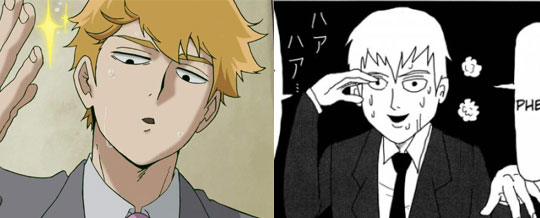
That’s not to say that the animation isn’t polished; it’s very much the opposite. The way Bones was able to preserve the quirks of the original while simultaneously improving on them in every frame is incredibly impressive, but it’s also just the beginning of how “Mob Psycho 100†pushes the envelope in its animation.
“Mob Psycho 100†revels in fluid animation. Every scene features stunning and expressive animation, with motion that easily rivals, if not completely out does, major animated films.
This is in no small part due to how simple the characters designs are; inherently, when a character is quick and easy to draw, animators can put much more time into posing and moving them, making them feel alive on the screen. It’s an important aspect of the animation pipeline that is often overlooked in favor of complex ‘cool,’ character designs that are a nightmare to actually animate.
In addition to this, “Mob Psycho 100†has no problem going off model to help a joke land or to exaggerate a motion.
In one example, the show’s entire animation style and color palette shift for a full episode to emphasize a major shift in tone and an internal struggle. Where many pieces of animation overly concern themselves with consistency, often working to ensure that every frame is a work of art, “Mob Psycho 100†has no such qualms.
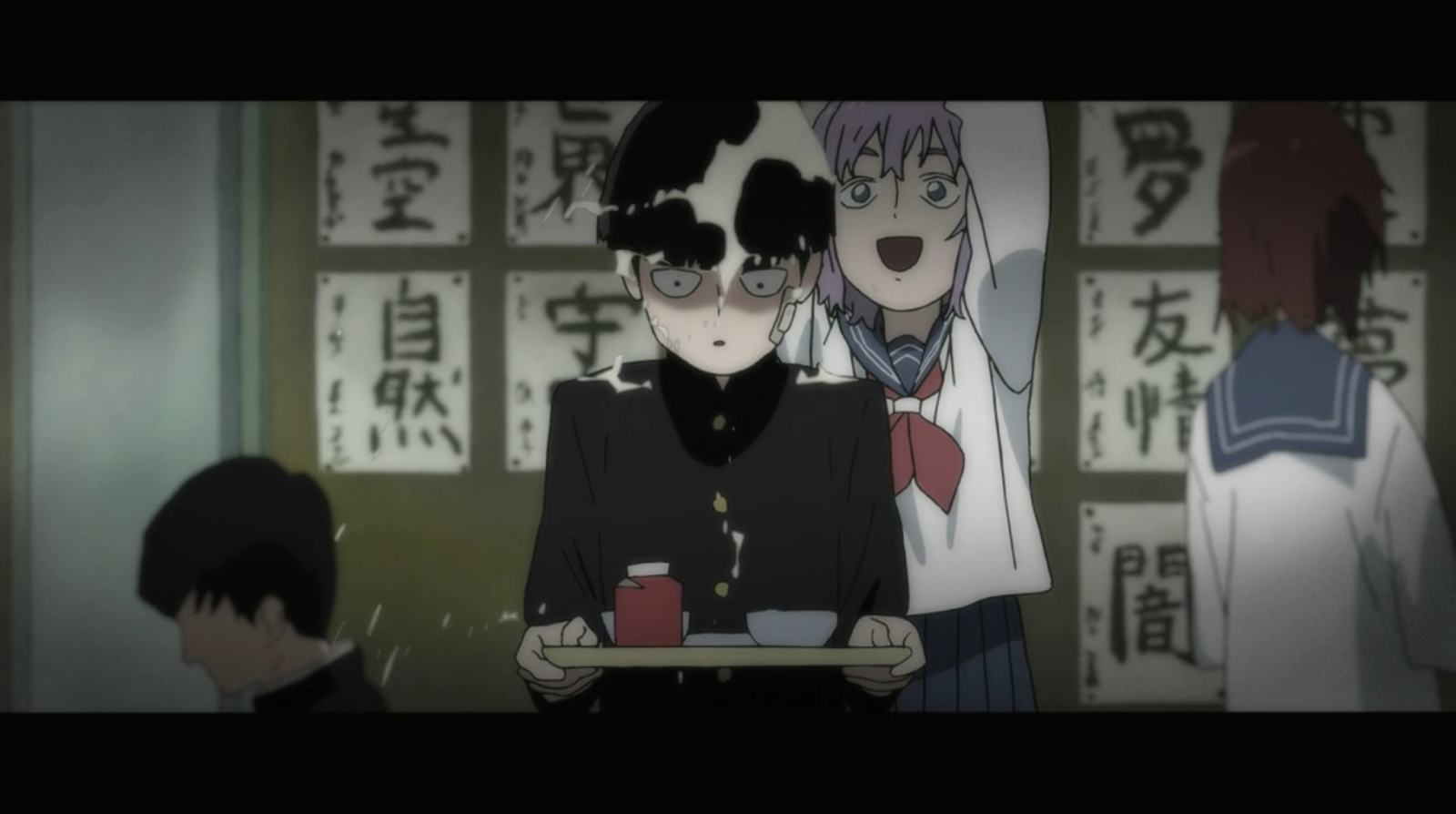
What I mean by this is that models, poses, and in-between frames are pushed beyond reality. The frenetic energy of many motions is comparable to a Looney Tunes cartoon in how far off drawings can be from the normal look of a character. While this means that to some these frames may appear ‘ugly,’ it also means that every motion is full of life and expression and personality, something many animations severely lack.
The power of a punch, the impact of a fall, the exhaustion of a runner, and so many other motions are presented with a level of exaggeration that sells them like nothing else.

In addition to incredibly over-the-top animation, “Mob Psycho 100†explores many different mediums in its animation. Sometimes a shot shifts to a pencil sketch and rudimentary color to accentuate confusion, sometimes sweeping brushstrokes of colorful paint are used to sell the abstract emotions of a character, and sometimes characters directly reflect their novice portrayal from the comics to help a joke land.
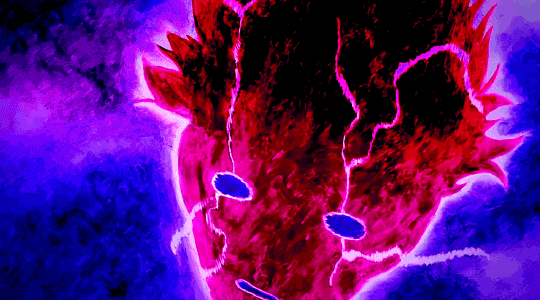
However, where these medium shifts are most impressive are in the shots utilizing oil on glass animation, a style of animation with a lot of infamy for its immense difficulty to work with. It essentially consists of doing individual oil paintings of every frame on a sheet of glass and photographing them while the paint is still wet and workable. Studio Bones brought on a specialist named Miyo Sato to assist with these shots.
During the show they’re most notably used to lend evil spirits an extra-otherworldly effect, having them phase into frame in a sequence of real world paint smears, as well as to give some abstraction to intense emotions or internal struggles. However, the most impressive use of the technique is undoubtedly in the first season’s ending credits, which were done entirely with oil-on-glass animation.
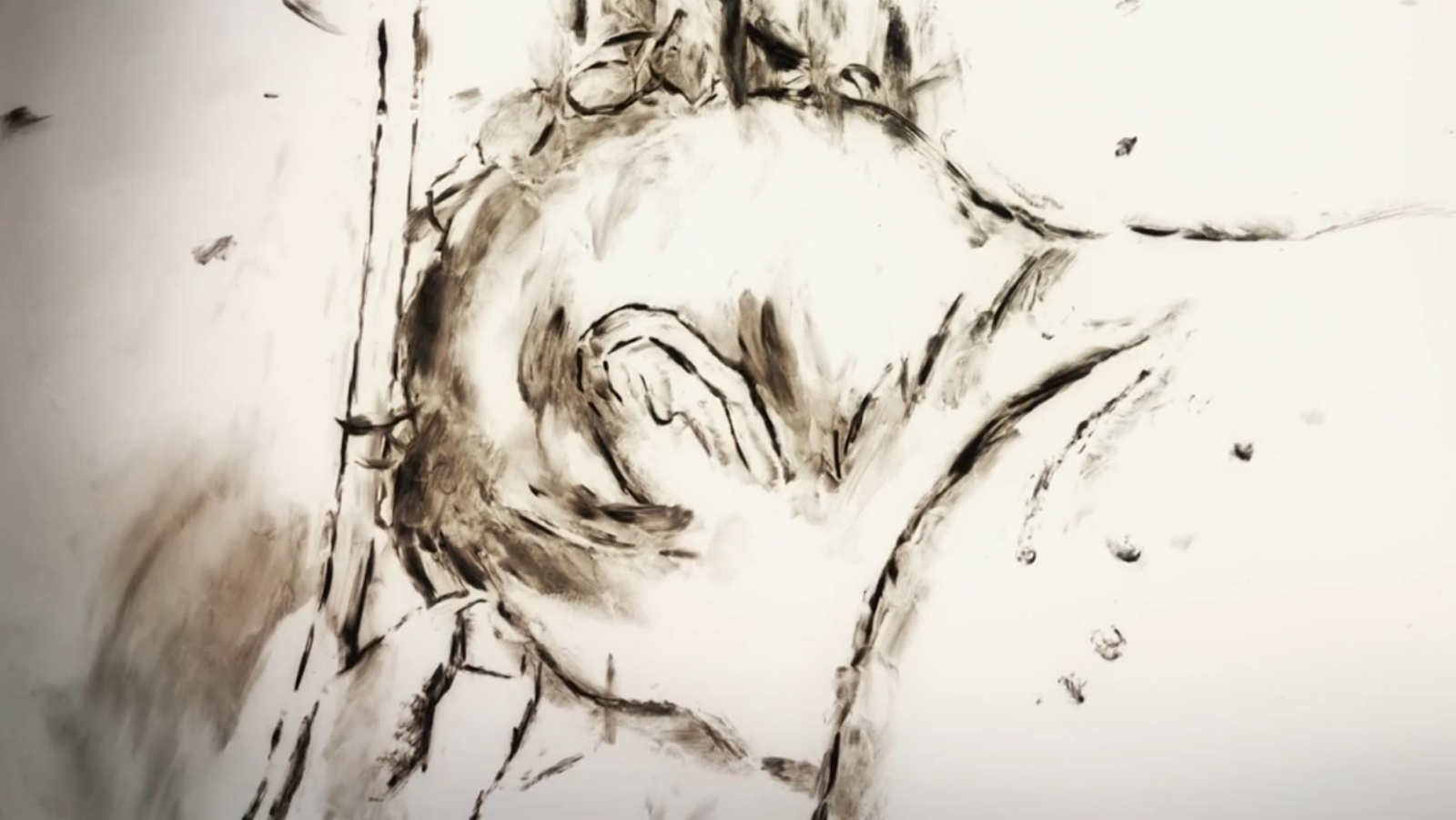
In addition to oil on glass, sand is used to animate certain sequences and real world reflective paper is filmed and used in After Effects to create many of the show’s effects. Between all the different mixed media, the constant slew of fluid motion, and the barrage of vibrant colors used for many of the show’s special effects, the visuals can admittedly be a little overwhelming, especially if you’re not used to them.
However, this in no way detracts from how impressive every shot is, and how much care went into crafting “Mob Psycho 100.†From novel shot composition, to its quirky and charming art style, to all the technical wonders its animation utilizes, “Mob Psycho 100†is a completely unique piece of animation, one well worth watching for yourself.
I did my best to cover the many aspects of “Mob Psycho 100†that I love, but I hardly scratched the surface. While I mostly focused on what makes the world and animation special, I hardly did justice with many aspects of what makes the show so special.
Visually, it’s an obvious delight, but the story and characters are wholly engaging and enjoyable. It’s currently streaming on HBO Max, and I wholeheartedly recommend giving it a chance.




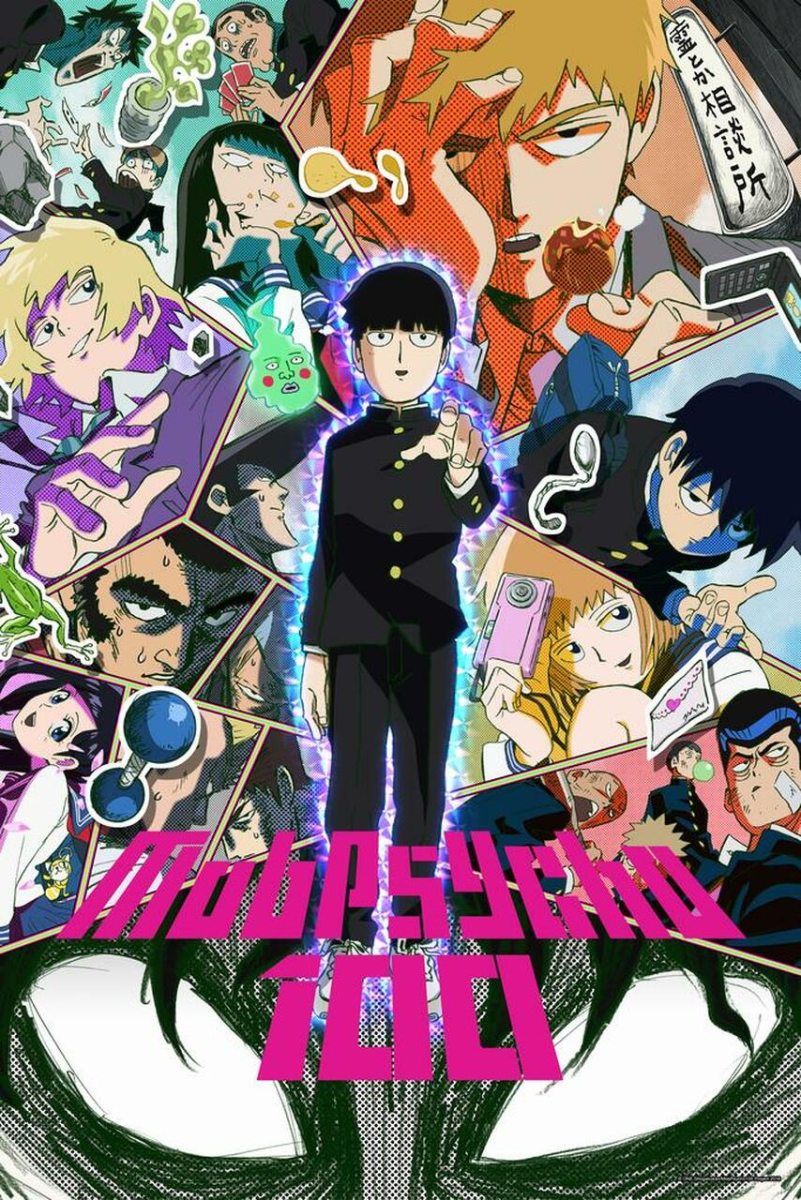

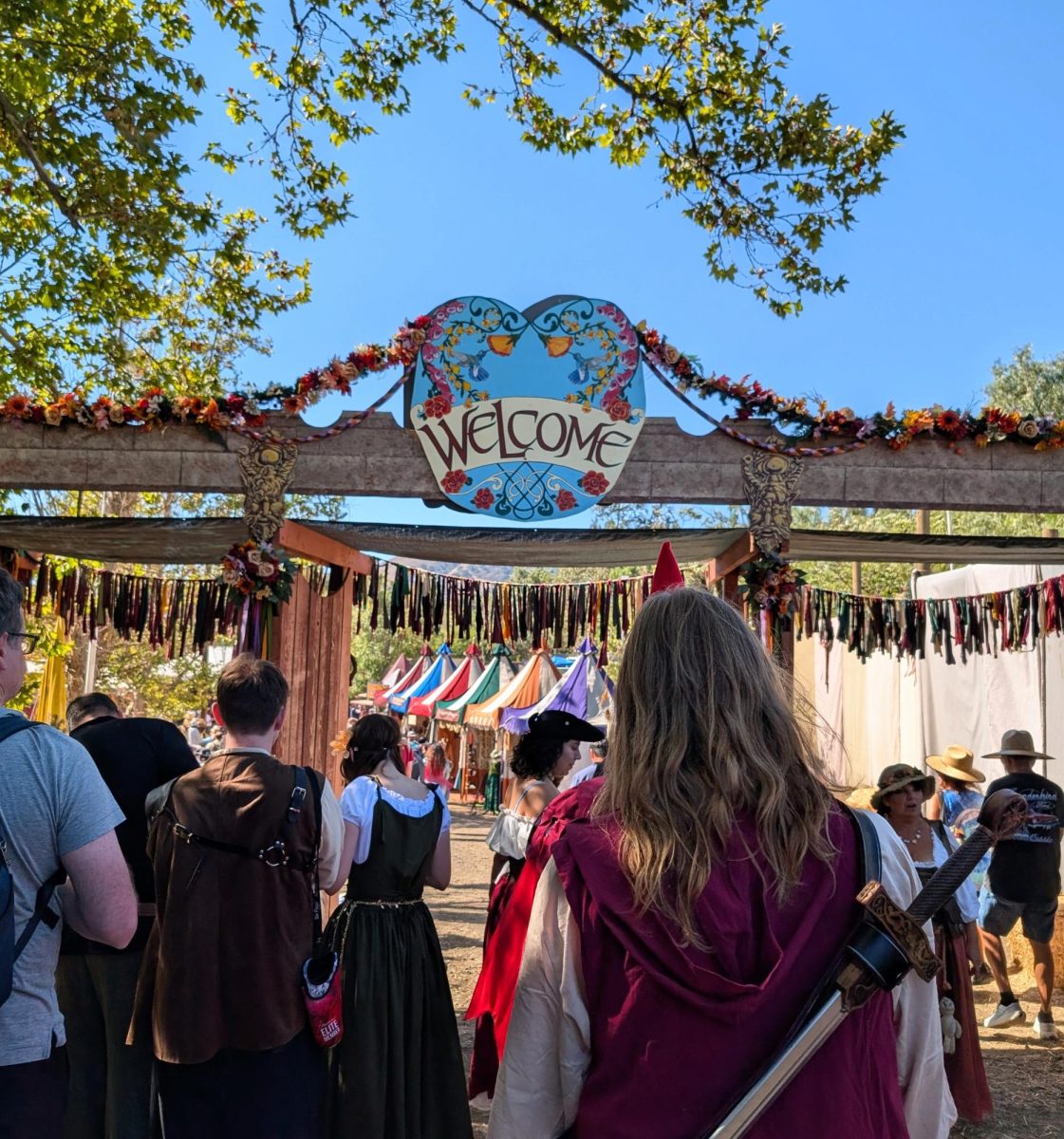
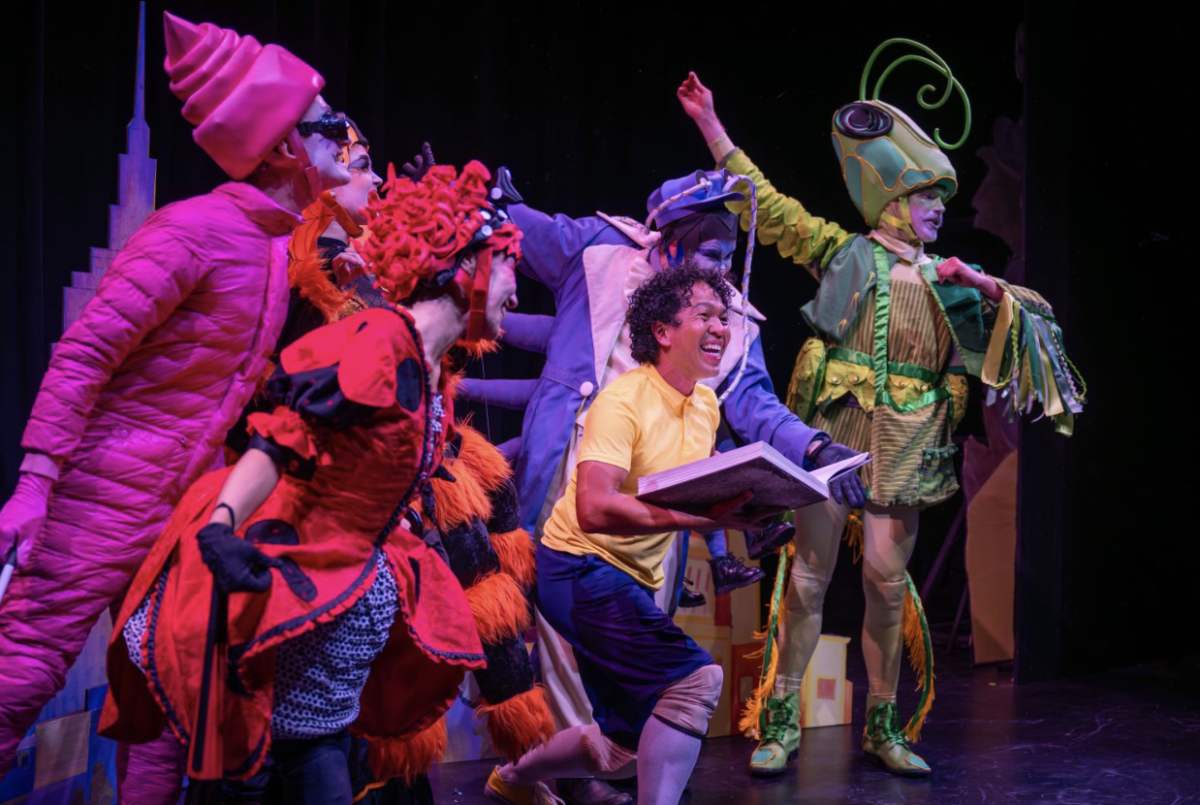
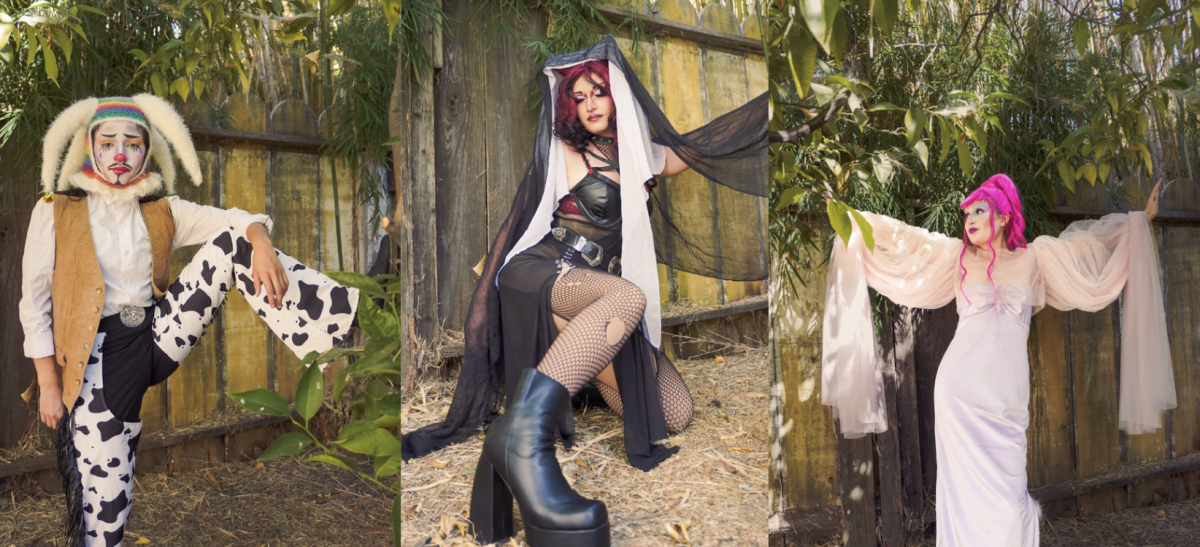





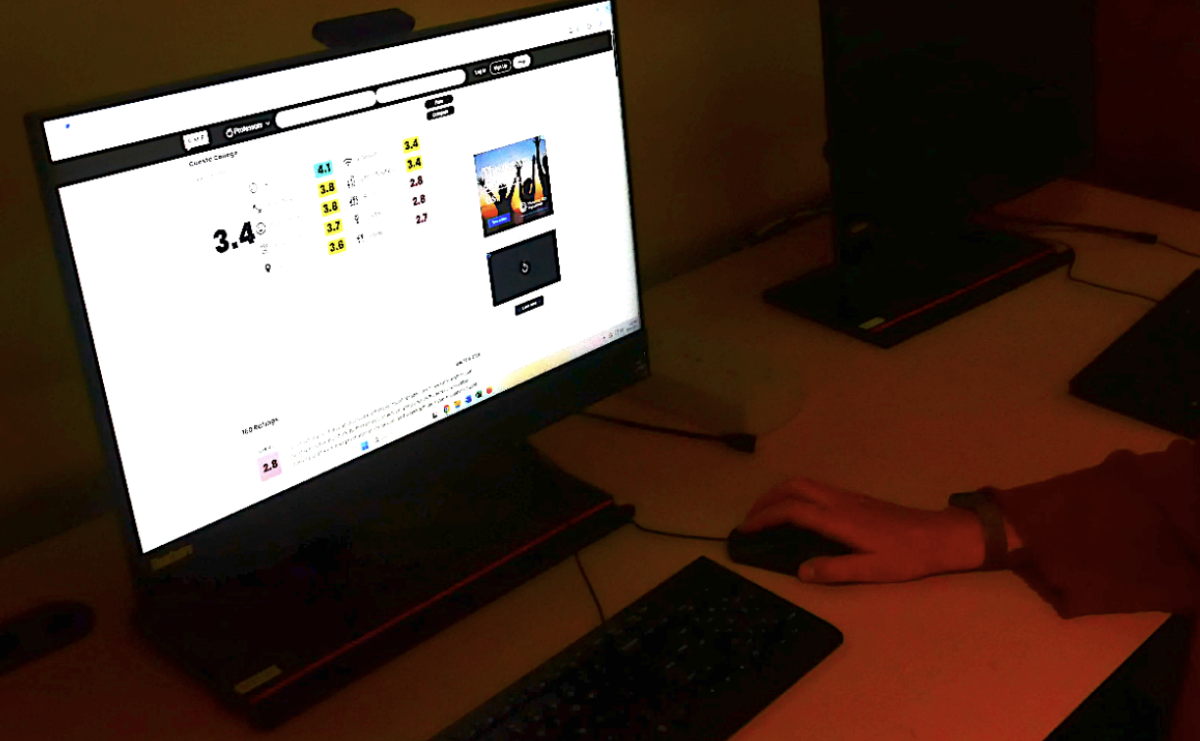








Wendy Taylor • May 18, 2021 at 4:32 pm
Your pretty darn Cool, this is awesome!!
We look forward to see what you do in
your future!!!